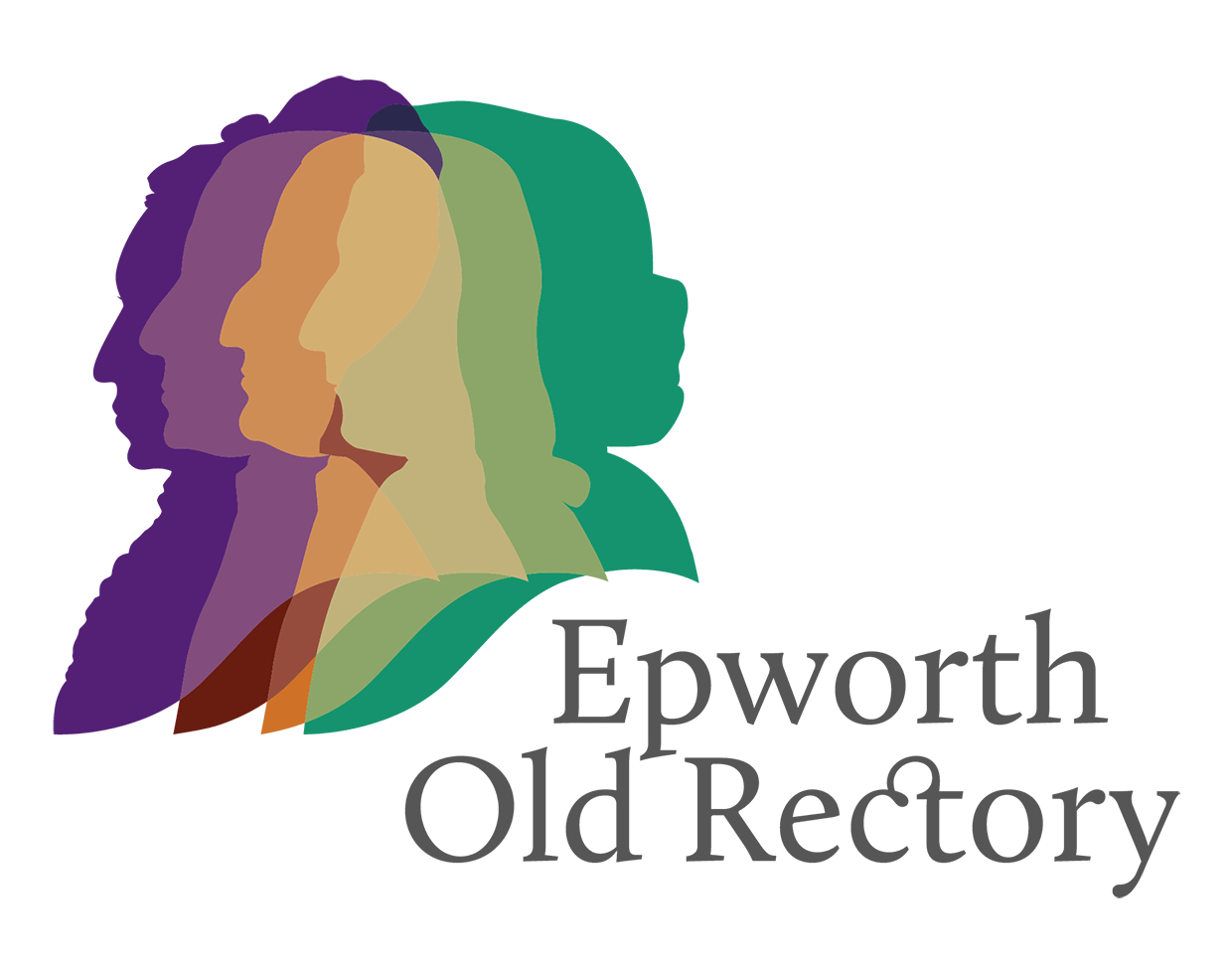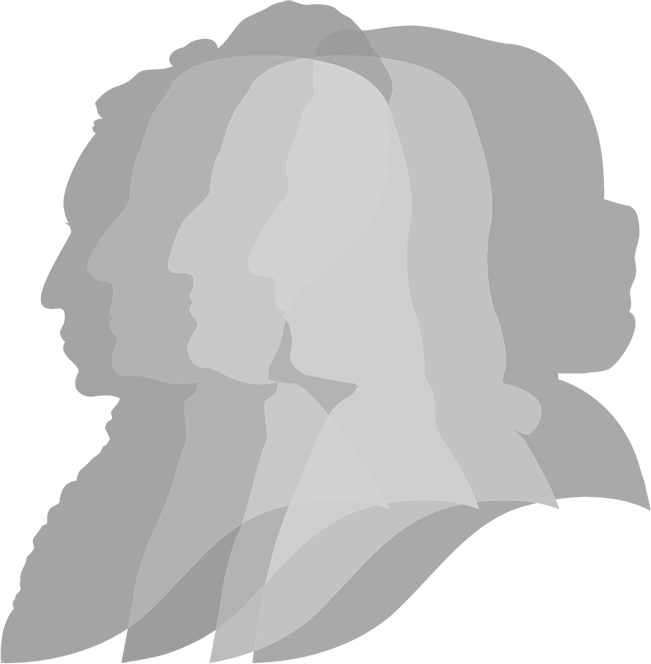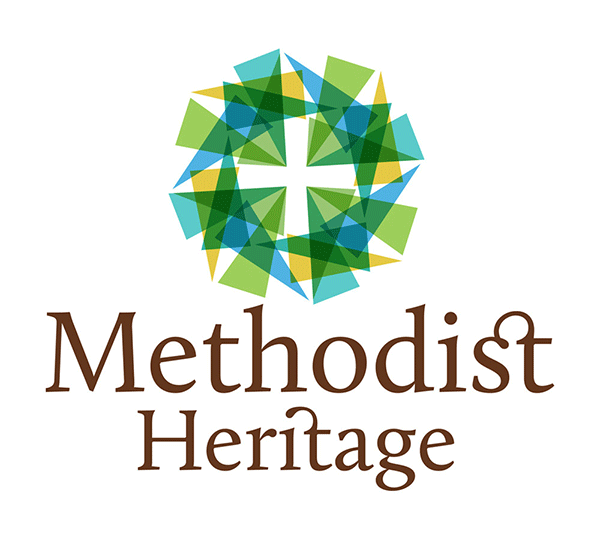Cleric-Husband-Father

Childhood and Education
Samuel Wesley was either born or baptised on 17 December 1662, the son of Rev John Westley, a Dissenting minister in Dorset. Sadly, Rev John Westley died when Samuel was still a child and records do not make clear whether his mother was still living.
Despite becoming fatherless at a young age Samuel acquired a good education. His early education began at Dorchester Free School, under headmaster Henry Dolling. It is thought that Dolling, who was strongly committed to the Church of England, was one of the key influences on Samuel turning away from his family’s dissenting tradition. Samuel’s dislike of dissent was further strengthened when he was sent to Mr Veal’s dissenting academy in Stepney.
Following his early education Samuel was determined to attend Oxford, despite limited means. Walking from London to Oxford to enrol at Exeter College, he became a ‘Pauper Scholar’. This meant he funded his studies by waiting on tables and other students. His hard work paid off when, in August 1688, he was ordained as a deacon and, the following February, a Church of England priest.
Early Marriage and Career Before Epworth
In 1688, the same year as his ordination as a deacon, Samuel married Susanna Annesley. Like Samuel she came from a dissenting background, her father being the popular nonconformist, Rev Dr Samuel Annesley. At the age of thirteen Susanna chose to enter the established Church of England. Samuel believed she would be a model clergyman’s wife.
The early years of his marriage and career took Samuel to multiple parishes, as well as being chaplain on a man-of-war for six months. In 1691 he gained the patronage of the Marquis of Normanby and was appointed to the living of South Ormsby, Lincolnshire. However, he had to leave this living after insulting John Sanderson, later Earl Castleton. When Samuel discovered that Sanderson’s mistress had dared to visit Susanna at the South Ormsby rectory, he marched her from his home. In consequence Samuel fell out of favour with the people of South Ormsby. In 1695, once again with the patronage of the Marquis of Normanby, he was appointed Rector of St Andrew’s Church, Epworth. Although he did not take up the post until 1697.
Epworth
Samuel, ever the autocrat, did not ingratiate himself to the people of Epworth. The locals were strongly opposed to anyone who was either a Royalist, a Tory or an academic. Samuel was all three. In 1620 King Charles I had ordered the Isle of Axholme, a sodden, marshy landscape, to be drained. Dutchman Cornelius Vermuyden was employed to carry out the work. Once the work was completed the land was divided between Vermuyden, the Crown and the local gentry. This took away the centuries old right the locals had to use the land how they chose. From that time on if anyone showed sympathy to the Royal Family they were ostracised.
Samuel further alienated the locals by enforcing strict adherence to Church of England doctrine. If a parishioner erred Samuel would demand public confession of their sins.
The locals did all they could to try to drive the Wesleys from the village. They damaged the crops and livestock that the family had to supplement their income and refused to pay the tithes they owed Samuel. Rumour also tells that it was the locals that started the fire that burnt down the original rectory in 1709. However, innocent until proven guilty, there is no proof of this.
The fire provided Samuel with the opportunity to display to the locals his determination to stay in Epworth. By the end of 1709 the new rectory was built. Replacing the timber-framed, thatched roofed original was a large, brick house. This substantial building gave the message of permanence to the locals. Samuel was not going anywhere. Unfortunately, the building of the house increased his debts, which were still not paid by the time of his death.
Samuel the Writer
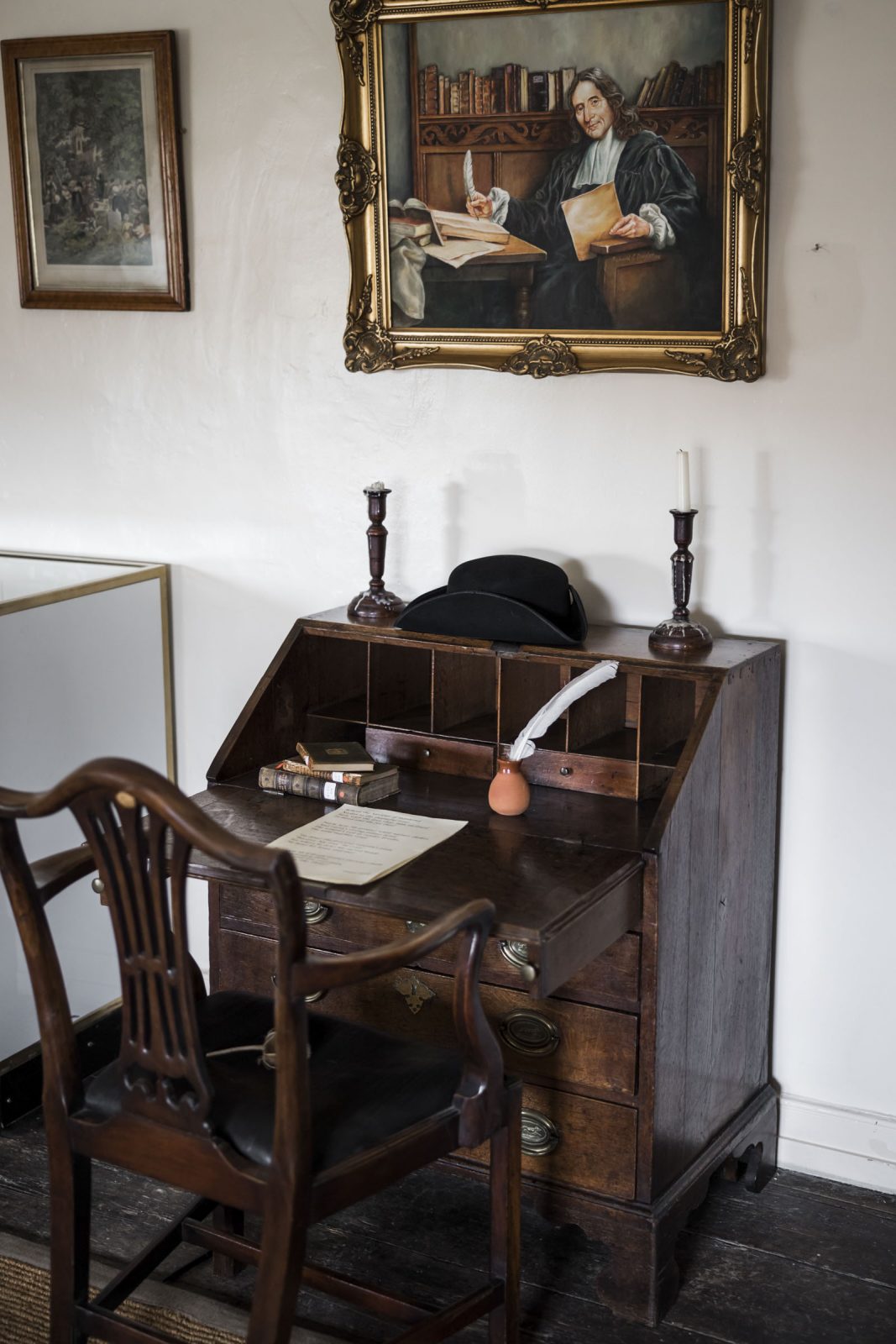
Samuel was a prolific, but not particularly accomplished, writer. It was his ambition to become a well-respected author, but this never became a reality. In 1685 he wrote a poetry anthology entitled Maggots, or, Poems on Several Subjects, Never Before Handled by a Schollar. This anthology never became a bestseller, which may have had something to do with the unappealing title. Unfortunately, much of his poetry was destroyed in the 1709 fire.
During his time in Epworth Samuel worked on his Dissertation on the Book of Job. This tome was written entirely in Latin, with the help of Johnny Whitelamb, future husband of his daughter, Molly, whom he employed as engraver and copyist. Samuel dedicated the Dissertation to Queen Caroline, wife of King George II. Per Samuel’s wishes his son, John, presented a copy to the Queen. Unfortunately the only comment she is reported to have made is that it had a lovely binding. It seems, as with his other writings, the Dissertation did not receive the attention he believed they deserved. It is likely his sons, John and Charles, and daughter Hetty (who was a talented poet) inherited their writing talent from elsewhere, possibly their mother.
Samuel’s Death
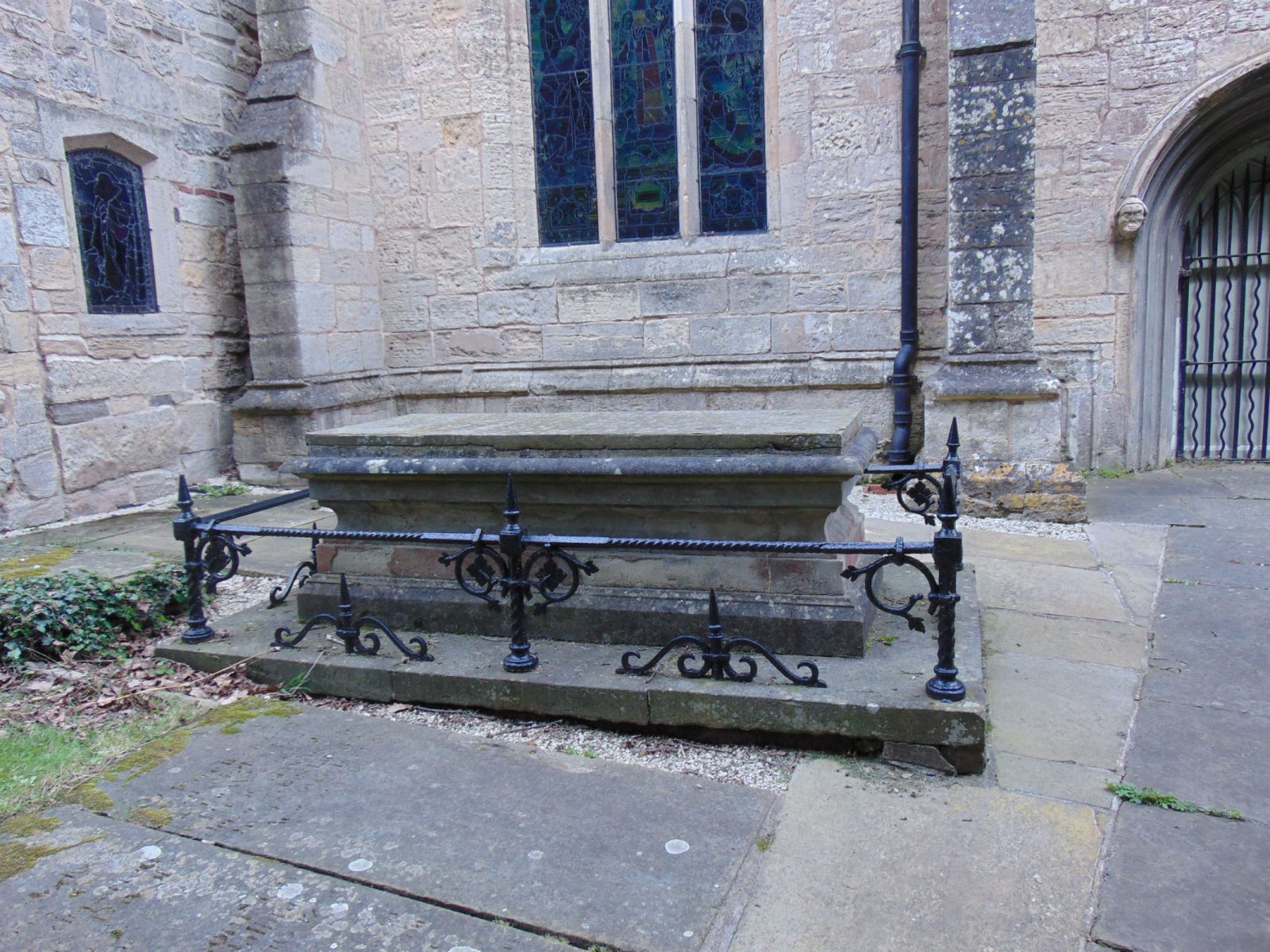
In 1735, after forty-eight years as Rector of St Andrew’s, Samuel passed-away. Despite having commissioned and paid for the building of the rectory, it still belonged to the Church of England and was given to the next Rector. The now widowed Susanna had to move out. She sold much of their furniture in order to pay off Samuel’s substantial debts.
Samuel Wesley is buried in a prominent position in St Andrew’s Churchyard. This grave played a substantial part in the history of Methodism, when John used it as a platform from which to preach on a visit to Epworth.
Recommended Books About Samuel Wesley
More information about Samuel Wesley can be found in the Oxford Dictionary of National Biography.
The following books also contain interesting details about Samuel and are available in our shop:
- Roy Hattersley, John Wesley: A Brand From the Burning (London: Abacus, 2004)
- G.M. Best, Susanna Wesley (Clevedon: Woodspring Resource Centre, 2013)
- G.M. Best, Seven Sisters (Weston-Super-Mare: Woodspring Resource Centre, 2011)
